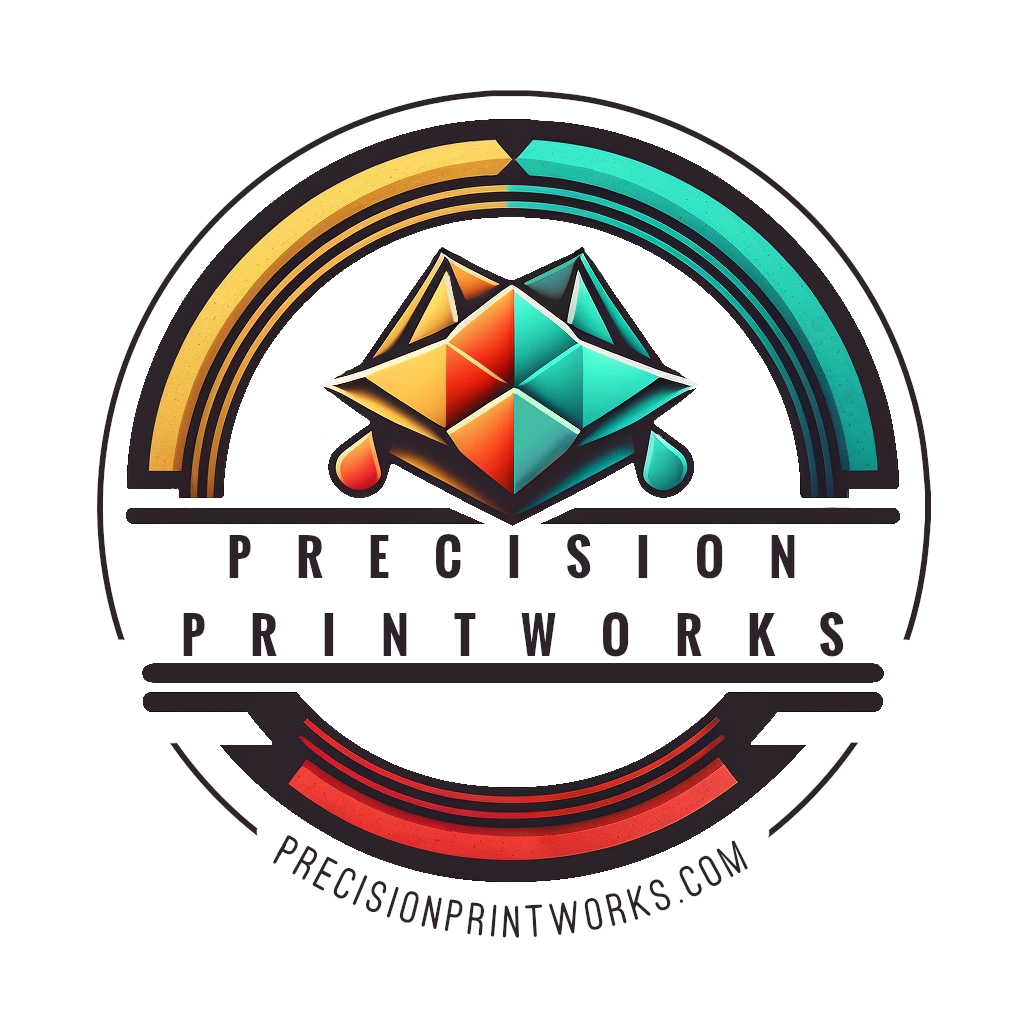5 Tips for Perfect First Layer Adhesion in 3D Printing
In FDM/FFF 3D printing first layer issues are one of the most common problems and first layer adhesion is one of the most critical aspects of 3D printing. Poor adhesion can ruin the structural integrity of your print, cause warping, or even lead to a complete print failure. Whether you’re a beginner or a seasoned maker, improving first layer adhesion can enhance the quality and durability of your projects. In this post, we’ll explore the top five tips to achieve better first layer adhesion.
1. Start with a Clean Build Surface
A clean and level build surface is fundamental for proper layer adhesion. Residue from previous prints, dust, or oils from your hands can prevent the first layer from sticking correctly.
How to Clean:
Use warm water and dish soap in a sink with gentle scrubbing to remove any residue when switching materials, especially if the material are non-bonding. Then dry off the build plate with a lint-free cloth.
Use isopropyl alcohol (IPA) and a lint-free cloth to wipe down your print bed after every few prints to remove any dirt, dust and grease.
Avoid touching the surface directly after cleaning.
Glass, PEI sheets, and textured beds all have different cleaning requirements. Check the manufacturer’s guidelines for optimal care.
2. Optimize Your Bed Leveling and Z-Offset
An unlevel bed or incorrect Z-offset can sabotage even the best 3D printer setup. If the nozzle is too close to the bed, the filament may not extrude properly. If it’s too far, the filament won’t stick.
How to Check:
Perform a bed-leveling routine using a piece of paper or an auto-leveling system. Ensure the nozzle just lightly scratches the paper.
Fine-Tune - Adjust your Z-offset during the first layer of a print to dial in the perfect height.
3. Dial in Your First Layer Settings
The first layer sets the foundation for the entire print. A properly tuned first layer can solve most adhesion issues like lifting and warping.
Increase the first layer height in your slicer. A slightly thicker first layer (e.g. 0.3mm - 0.4mm) can provide more surface area for adhesion.
Slow down the first layer print speed. Printing the first layer at a slower speed gives the filament more time to bond with the build surface. Try 40%-60% of the normal print speed. Going slower wont hurt anything.
Increase the first layer temperatures. Adjusting the extrusion temperature and bed temperature can improve the first layer adhesion, especially for materials like ABS or PETG. Try increasing your bed temperature first by +5 degrees. If bed adhesion is still an issue after a few attempts, increase the extrusion temp by +5 degrees. after the first layer adheres well the remaining layers can be printed at normal temperatures.
4. Use Adhesion Aids
Sometimes, the build surface and printer settings alone aren’t enough. Adhesion aids can bridge the gap.
Common Adhesion Aids:
Glue stick: A quick and effective solution for most surfaces.
Hairspray: Useful for glass beds (be sure to ventilate your workspace).
Blue painter’s tape: Popular for PLA and helps with easy removal post-print.
Specialized adhesives: Products like Magigoo are designed for specific filament types.
Brims: For prints with a small base or intricate designs, adding a brim can increase adhesion to the bed.
5. Control Your Environment
Environmental factors such as temperature and drafts can significantly impact layer adhesion.
Keep It Warm: Materials like ABS and Nylon benefit from an enclosure to maintain a stable temperature. Drafts or a cold room can cause warping and adhesion failures.
Use a Heated Bed: For materials like PETG or ABS, a heated bed improves the filament’s ability to stick.
Avoid Overcooling: Reduce or turn off part cooling fans during the first few layers to allow proper bonding.
Wrapping Up
Perfecting first layer adhesion is both an art and a science, but by implementing these tips, you can drastically improve your print quality. Start with the basics—cleaning your bed and optimizing the first layer—and experiment with adjustments as needed. Remember, every printer and filament is unique, so don’t be afraid to tinker.
What are your favorite tricks for improving adhesion? Share them in the comments—we’d love to hear your thoughts!



